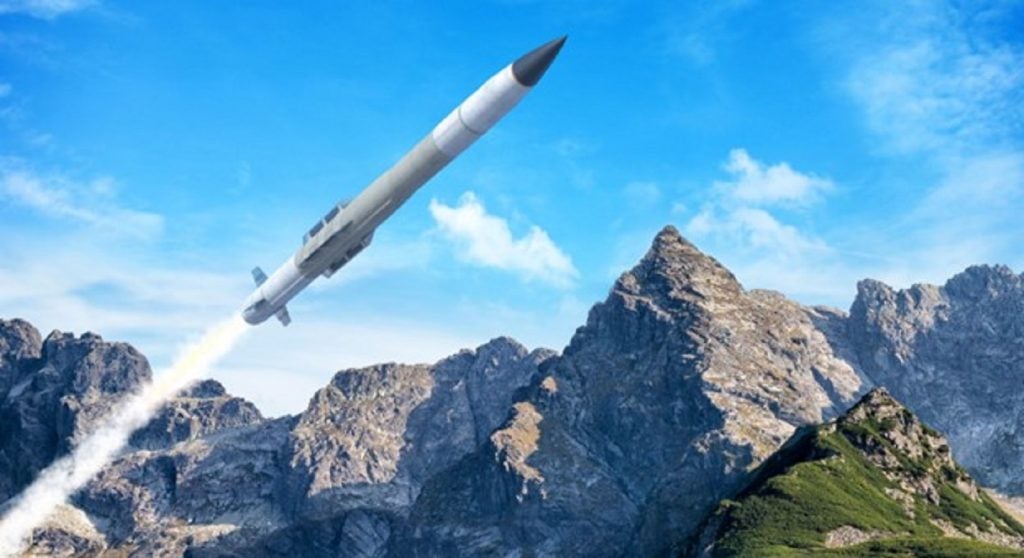US and Swiss officials have signed an agreement to procure Patriot Advanced Capability-3 (PAC-3) Missile Segment Enhancement (MSE) missiles, the latest variant in the Patriot family.
Switzerland will be the 15th country to use Lockheed Martin’s advanced projectile.
The decision was made to extend the Swiss Government’s Air2030 modernisation programme, in which the Armed Forces will renew and upgrade it air defence capabilities.
The most recent development in this initiative was the selection of Lockheed Martin’s F-35A multi-role aircraft to replace its 24 F-5 aircraft, procured form as early as 1976, and its 30 F/A-18 Hornet fighters acquired in the late 1990s.
Air2030 includes the Armed Forces’ ground-based missile defence systems (MDS). The PAC-3 MSE contract will furnish its existing five Patriot units.
On 30 September 2023, the US State Department approved a possible foreign military sale of the five Patriot Configuration-3+ Modernised Fire Units in a deal worth $2.2bn (CHF1.9bn).
GlobalData intelligence indicates that Swiss spending on its MIM-104 Patriot MDS will be worth $1.8bn between 2023-33.
As part of the latest deal, the original equipment manufacturer, Lockheed Martin, and Swiss officials also finalised an offset agreement supporting the PAC-3 MSE programme.
This agreement is the catalyst for multiple new projects that will support Switzerland’s security-relevant technology and industry base as the country looks to maintain its own inventory as the geopolitical environment deteriorates.
Why opt for the PAC-3 MSE missile?
The PAC-3 MSE uses a dual-pulse solid rocket motor, providing increased performance in altitude and range.
PAC-3 MSE is a high-velocity interceptor that defends against incoming threats, including tactical ballistic missiles, cruise missiles, advanced threats and aircraft. It uses hit-to-kill technology, intercepting threats through kinetic energy via body-to-body contact.
The MSE began flight testing in May 2008. In December 2012, the missile destructed a tactical ballistic missile target at White Sands Missile Range in New Mexico, US.
The variant has an increased range due to its powerful dual pulse solid rocket motor for added thrust and larger fins for increased manoeuvrability against faster and more sophisticated ballistic and cruise missiles.
The PAC-3 MSE programme is scaling up production to reach an impressive annual capacity of 550 MSEs, with further expansion plans in the pipeline. Other applications for the missile include its integration within the Aegis Combat System onboard US Navy vessels.









